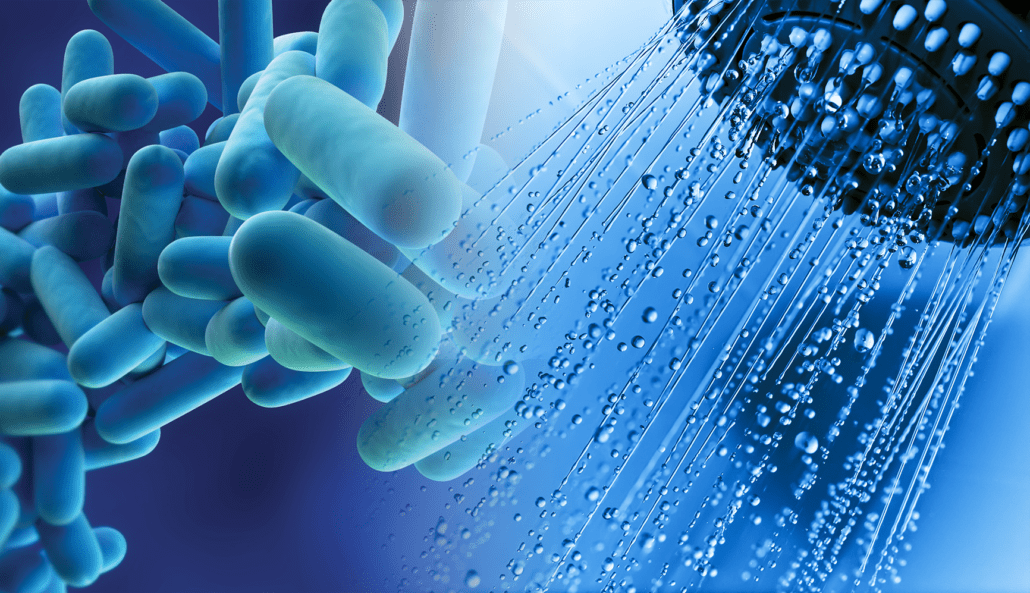Background to Legionella
Legionella bacteria are common and can be found naturally in environmental water sources such as rivers, lakes and reservoirs, and can eventually colonise in manufactured water systems such as cooling towers, hot and cold water systems, spa pools and other plant and equipment which use or store water.
Legionellosis is the term used for infections caused by Legionella bacteria. Legionnaires' disease, just one of the diseases caused by the legionella group of bacteria, is a potentially fatal form of pneumonia which can affect anybody, but which principally affects those who are susceptible because of age, illness, immunosuppression, smoking etc. Legionella bacteria can also cause less serious illnesses such as Pontiac and Lochgoilhead fevers which can affect anyone.
Infection by the bacteria is caused by inhaling droplets of water contaminated with the bacteria deep into the lung. There is evidence that the disease may also be contracted by inhaling legionella bacteria following ingestion of contaminated water by susceptible individuals. Once infected, symptoms normally appear within 10 days (commonly 3 to 6 days) and initially include high fever, chills, headache and muscle pain. Some patients may develop a dry cough and most suffer with breathing problems. Approximately one third of patients also develop diarrhoea or vomiting and around half become confused or delirious. The disease can be treated effectively with appropriate antibiotics.
